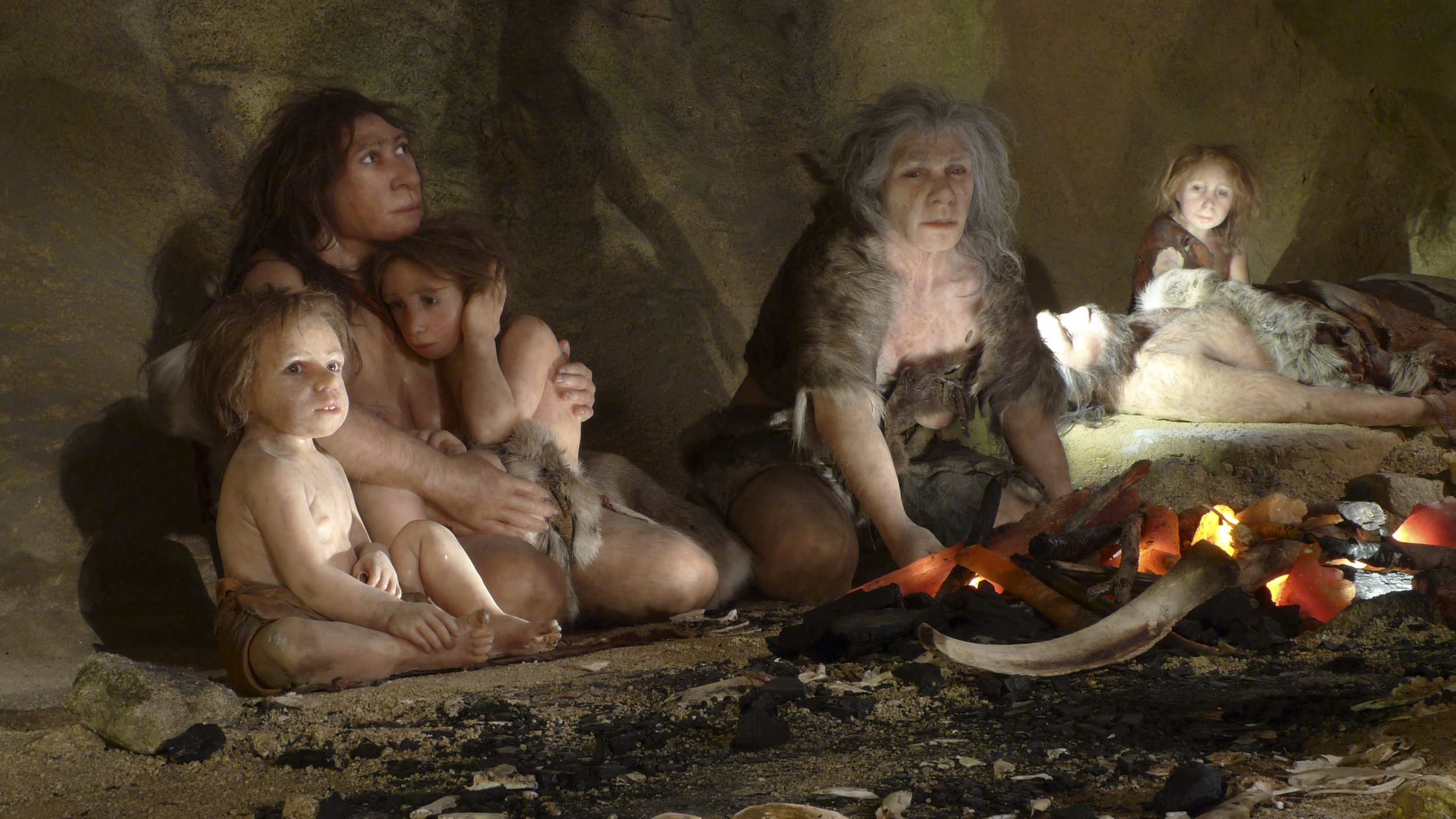
Scientists have firmly dated a 400,000-year-old skull fragment in Portugal, which could point to a previously unknown ancestor to the Neanderthals.
The skull bears a mixture of traits—some link it to the Neanderthals, such as a fused brow ridge, while other features are representative of other extinct fossils in Europe, according to the journal Science.
Researchers made the discovery in 2014 in the Gruta da Aroeira cave in central Portugal and believe it is a member of the genus homo, according to the study published Monday in the journal Proceedings of the National Academy of Sciences (PNAS ).
Little is known about the fragment or what type of early human it came from.
Neanderthals are thought to be the closest ancestor to homo sapiens, the species to which all modern human beings belong. Modern humans first appeared in Africa around 150,000 to 200,000 years ago, before migrating out of the continent around 100,000 years ago. Neanderthals are thought to have occupied Europe and Asia from 200,000 to 40,000 years ago, when they went extinct.
The Portuguese fragment shares some features with bones discovered in Spain that are around 430,000 years old, and also shares traits with fragments found in south France dating back 450,000 years. It is the oldest human cranium fossil found in Portugal and is the westernmost fossil ever found in Europe during the Middle Pleistocene period, which lasted from around 781,000 to 126,000 years ago.
400,000-year-old skull of mystery human ancestor is found
— josetron (@josetron) March 13, 2017
#science https://t.co/L6MbCOOfWX pic.twitter.com/IGAnkXaG74
"There is a lot of question about which species these fossils represent. I tend to think of them as ancestors of the Neanderthals," the study's co-author Rolf Quam, of New York's Binghamton University, told AFP.
Quam said that he did not believe the fossil is a Neanderthal despite shared features, including a mass of bone near the ear called the mastoid process. He said that the researchers would continue examining the fragment in the coming years "to give a more complete picture of life in the area, life in the cave and the evolutionary place of this human in our ancestry."
Researchers took a week to excavate the block of earth containing the skull and then two and a half years to extract the fragment from the earth. The team used ancient stone hand axes to remove the fragment.
Uncommon Knowledge
Newsweek is committed to challenging conventional wisdom and finding connections in the search for common ground.
Newsweek is committed to challenging conventional wisdom and finding connections in the search for common ground.
About the writer
Conor is a staff writer for Newsweek covering Africa, with a focus on Nigeria, security and conflict.
To read how Newsweek uses AI as a newsroom tool, Click here.








